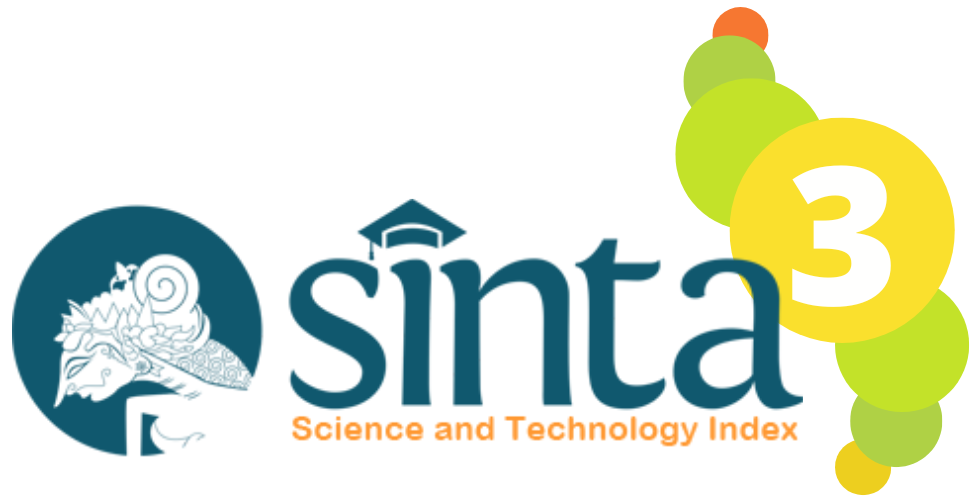POTENSI INTERAKSI OBAT PASIEN HIPERTENSI DAN DIABETESMELITUS TIPE2 DI INSTALASI RAWAT JALAN RSUD TOTO KABILA
DOI:
https://doi.org/10.36423/pharmacoscript.v5i1.792Keywords:
Interaksi, Obat, Hipertensi, Diabetes MelitusAbstract
as
References
Aslam, M., Tan, C. K., & Prayitno, A. (2003). Farmasi Klinis (Clinical Pharmacy) Menuju Pengobatan Rasional dan Penghargaan Pilihan Pasien. Jakarta: PT Gramedia.
Association, A. D. (2017). Standards of medical care in diabetes—2017 abridged for primary care providers. Clinical Diabetes: A Publication of the American Diabetes Association, 35(1), 5.
Asyrorsh, S. (2018). Evaluasi interaksi obat pada pasien Diabetes Mellitus tipe II dengan komplikasi Hipertensi di RSUD Dr. Saiful Anwar Malang tahun 2016. Universitas Islam Negeri Maulana Malik Ibrahim.
Cernes, R., Mashavi, M., & Zimlichman, R. (2011). Differential clinical profile of candesartan compared to other angiotensin receptor blockers. Vascular Health and Risk Management, 7, 749.
Cheekurthy, A. J. P., Rambabu, C., & Kumar, A. (2016). Prevalence of type 2 diabetes mellitus among women and the associated risk factors. Journal of Nursing and Health Sciences.
Darnindro, N., & Muthalib, A. (2008). Tatalaksana hipertensi pada pasien dengan sindrom nefrotik. Majalah Kedokteran Indonesia, 58(2), 60.
Downloads
Published
Issue
Section
License
Copyright (c) 2022 Meilan Pakaya, Rasdianah Nur, Dalu Meli Cahayani, Madania

This work is licensed under a Creative Commons Attribution-ShareAlike 4.0 International License.
Authors who publish with this journal agree to the following terms:
- Authors retain copyright and grant the journal right of first publication, with the work [SPECIFY PERIOD OF TIME] after publication simultaneously licensed under a Creative Commons Attribution License that allows others to share the work with an acknowledgement of the work's authorship and initial publication in this journal.
- Authors are able to enter into separate, additional contractual arrangements for the non-exclusive distribution of the journal's published version of the work (e.g., post it to an institutional repository or publish it in a book), with an acknowledgement of its initial publication in this journal.
- Authors are permitted and encouraged to post their work online (e.g., in institutional repositories or on their website) prior to and during the submission process, as it can lead to productive exchanges, as well as earlier and greater citation of published work (See The Effect of Open Access).









